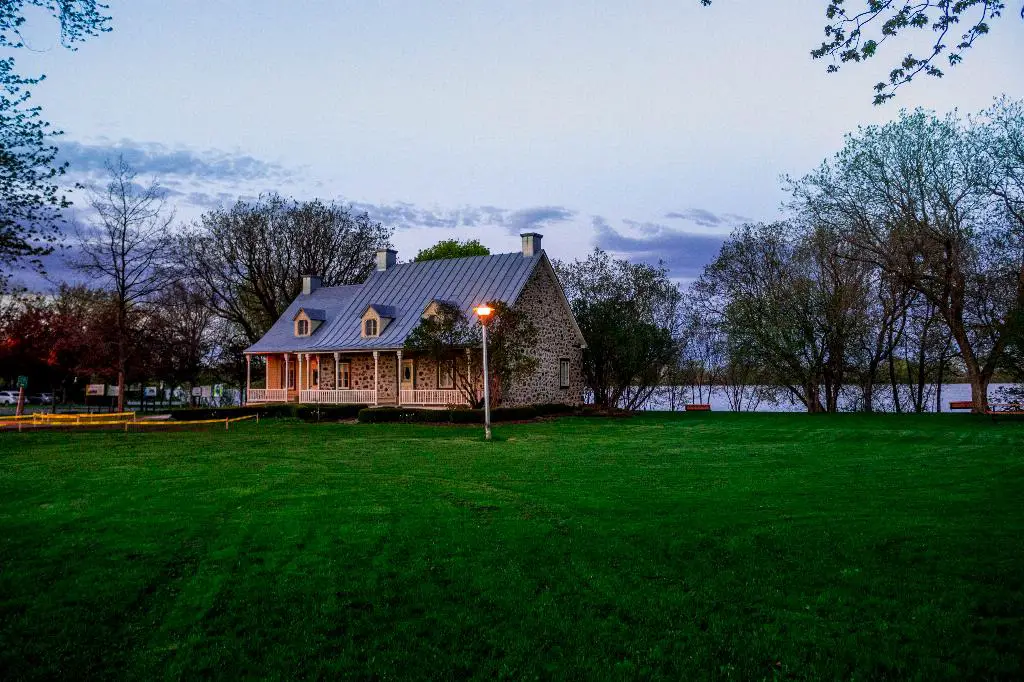If you’ve been looking to make a change in your outdoor space and turn your plain lawn into a vibrant garden, there are a few key steps you can follow to achieve this transformation. One popular method is known as sheet mulching or creating a lasagna garden, which involves layering organic materials to create nutrient-rich soil for your plants to thrive in.
Start by preparing the area where you want to create your garden. Begin by raking the grass and soil to remove any debris and prepare a clean slate for your new garden bed. It’s essential to ensure that the ground is level and free from obstacles that could hinder plant growth.
Next, add a layer of broken branches, twigs, and leaves on the ground. This layer serves as the base of your lasagna garden, providing aeration and natural decomposition to enrich the soil below. The organic matter will break down over time, releasing nutrients that are beneficial for plant growth.
Cover the layer of organic materials with newspaper or cardboard, making sure to overlap generously to prevent weeds from sprouting and blocking out sunlight. The cardboard and newspaper will help smother existing vegetation and create a barrier that encourages decomposition of the underlying materials.
After laying down the cardboard or newspaper, thoroughly drench the entire layer with water to kickstart the decomposition process and encourage the materials to bond together. This step is crucial for creating a moist environment that promotes microbial activity and nutrient exchange within the soil.
Once the base layer is in place and adequately soaked, add 2-6 inches of brown organic materials, such as straw, dried leaves, or hay, on top of the cardboard or newspaper. This layer adds bulk and texture to the lasagna garden, creating a foundation for planting your desired vegetables, flowers, or shrubs.
Following the brown organic layer, incorporate green materials like grass clippings, kitchen scraps, or fresh leaves to introduce nitrogen-rich elements to the mix. This balanced combination of brown and green materials mimics the natural decomposition process and provides essential nutrients for your plants.
Continue layering organic materials alternately, following the brown-green-brown pattern, until you reach the desired height for your garden bed. Remember to water each layer thoroughly to ensure proper hydration and decomposition, allowing the materials to merge and create a fertile growing environment.
Once you’ve completed the layering process, cover the lasagna garden with a final layer of mulch or compost to retain moisture, suppress weeds, and protect the underlying organic materials. This top layer serves as a protective barrier that enhances the overall health and appearance of your garden bed.
After creating your lasagna garden, allow it to settle and decompose for a few weeks before planting your desired vegetation. This resting period allows the organic materials to break down further, creating a nutrient-rich soil structure that is ideal for supporting healthy plant growth.
When it’s time to plant, simply create holes or furrows in the lasagna garden bed, insert your chosen seedlings or seeds, and cover them with a layer of soil or compost. Water the newly planted vegetation thoroughly to promote root development and establish a strong foundation for growth.
With patience and care, your lawn will transform into a lush and vibrant garden teeming with life and beauty. By following these steps and embracing the principles of sheet mulching, you can create a sustainable and thriving garden that will bring joy and abundance to your outdoor space for years to come.

